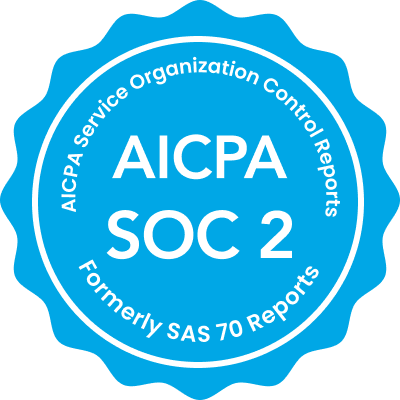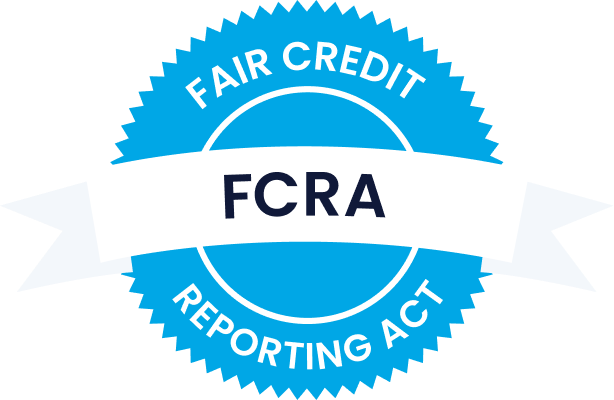Finding your ideal renter can be stressful and time-consuming, especially if you’re new to property management. However, deploying a few proven strategies can significantly increase your chances of acquiring a quality tenant. Follow our step-by-step guide and learn how to find a good tenant who is more likely to pay rent on time and help you maintain your rental unit.
Step 1: Write a rental listing that stands out
Creating a compelling rental listing is the first step in finding the right tenant for your property. The right mix of words and photos will make it stand out from countless other listings.
A well-crafted ad also helps you set expectations for potential tenants, so embrace your inner salesperson and write a listing that sparks interest in renters. Here are some of the elements of an effective rental listing:
Eye-catching headline. Give them a reason to stop scrolling and click on your ad. A memorable headline ensures you have a chance of acquiring a quality tenant.
Detailed property description. Don’t leave potential tenants guessing about what to expect when they move in. Highlight your property’s features, amenities, and perks, and note any recent upgrades or renovations.
Professional photos. Make sure your ad contains plenty of images that showcase your rental in the best light. Professional photos make a solid first impression with prospective tenants, so never skimp on quality.
Terms and expectations. When do you anticipate your property being move-in ready? What’s the duration of the lease agreement? These are just some of the details renters like to know before they inquire further about a property, so remember to disclose them in your ad. Also, mention the rent amount, the security deposit required, and whether the monthly fee includes utilities.
When your ad is ready, list it on one of the many online rental platforms to garner the broadest possible exposure for your rental.
Step 2: Pre-screen potential tenants
After hearing back from renters through your ad, the next step is to ask them a few pre-screening questions to get to know them better.
Pre-screening potential tenants is crucial because it helps you narrow down the applicant pool. You can then focus on those who show genuine interest in your rental and meet your minimum qualification criteria. This approach to vetting candidates will save you time, effort, and money.
An effective pre-screening interview means asking tenants the right questions. The aim is to learn about the applicants’ lifestyle, goals, habits, and financial situation to determine if they’re a good fit. Some key areas you should inquire about include:
- Their monthly income (to determine whether they can afford to rent out your unit)
- Their preferred move-in date (to know how quickly to arrange the proper paperwork and tidy up the premises)
- The number of people who will occupy the property (to determine if your rental can accommodate everyone and ensure compliance with housing regulations)
Try a free pre-screening form like SingleKey’s to help you get the information you need from potential tenants quickly.
Step 3: Use a comprehensive rental application
The next step is to provide a rental application form to each candidate who passed your pre-screening interview. The information you request should cover the following:
- Name
- Current address
- Date of birth
- Contact details
- Credit score
- Income
- Personal identification (driver’s license, passport, etc.)
A thorough rental application includes written consent from the applicant for you to run a credit check, as well as key details about them, such as:
- their desired move-in date
- if there are co-applicants
- proof of income
- employment history and employer references
- rental history and landlord references
- if they have pets and vehicles
Luckily, there’s no need to create a rental application from scratch. You can download SingleKey’s rental application form and learn more about how to streamline the rental application process.
Step 4: Implement a thorough tenant screening process
The tenant screening process is where you get the chance to do some detective work. It involves evaluating a potential tenant on several criteria, including their credit history, previous and current employment, and rental history.
If done properly, tenant screening can help you uncover red flags you’d otherwise overlook and provide you with a well-rounded view of an applicant. You can then determine whether they’ll be able to fulfill the terms of your lease and take proper care of your property.
Admittedly, screening a tenant can take a lot of time and effort. For this reason, tenant screening services like SingleKey come in handy. You’ll get access to a wide range of data without having to search and collect it manually. Plus, a tenant screening service offers objective and reliable information about a potential tenant.
Learn more about the benefits of using SingleKey’s tenant screening to help you find a quality tenant for your rental.
Step 5: Check employment and landlord references
The final step in finding a good tenant is checking their references. In particular, you’ll want to verify their current employer and speak with their previous landlords.
There are two reasons to look into an applicant’s employment status. The first is to confirm their identity, as renters can submit false documents to boost their chances of qualifying for tenancy. The second is to learn if they currently work at the job they’ve listed on their rental application and earn the income they say they do.
Speaking with previous landlords accomplishes similar goals. You can cross-reference the details from the rental application, and note any mismatches in the information provided. You can also dig further into a potential tenant’s character and background. A frank discussion with a previous landlord can help you learn the following:
- Were they cooperative or combative when responding to reasonable requests?
- Did they pay rent on time?
- Did they keep the premises clean?
- Were they rude or disruptive to their neighbors?
Our final thoughts
Keep in mind that connecting with a quality tenant is a marathon, not a sprint. So be patient and invest the time and effort into finding someone who you’d be happy to accommodate for the long run. Sometimes, it may be worth losing a month of rent due to a vacancy to ensure you find the right renter. In doing so, you could minimize the risk of late rent payments, nasty disputes, costly property damage, and drawn-out evictions.
Learn more about red flags when tenant screening and what to look for when considering your rental applicants.





